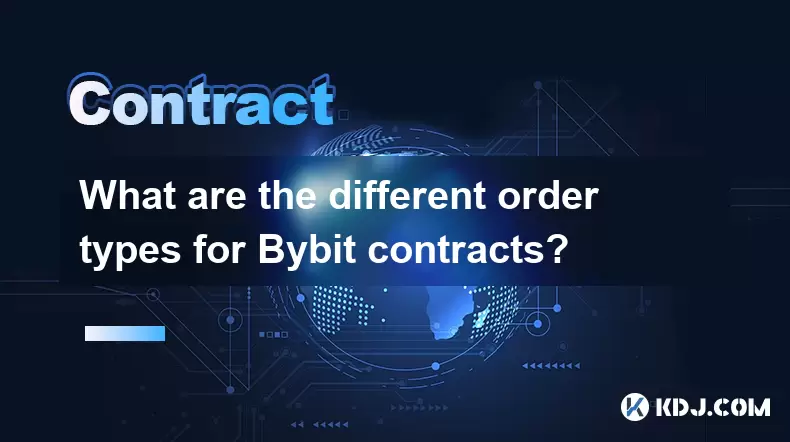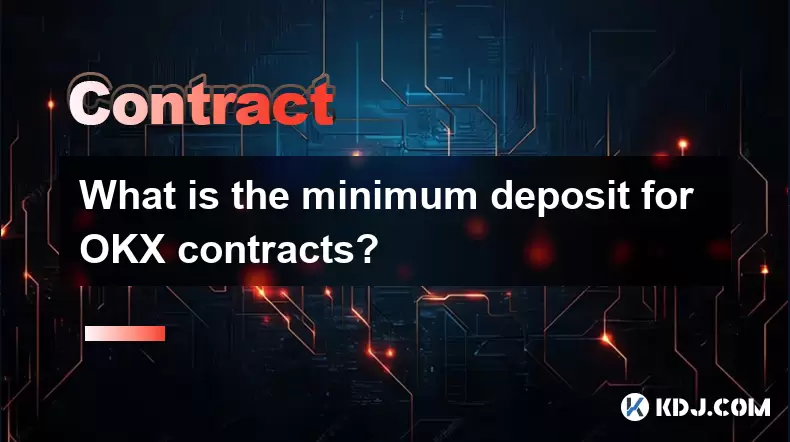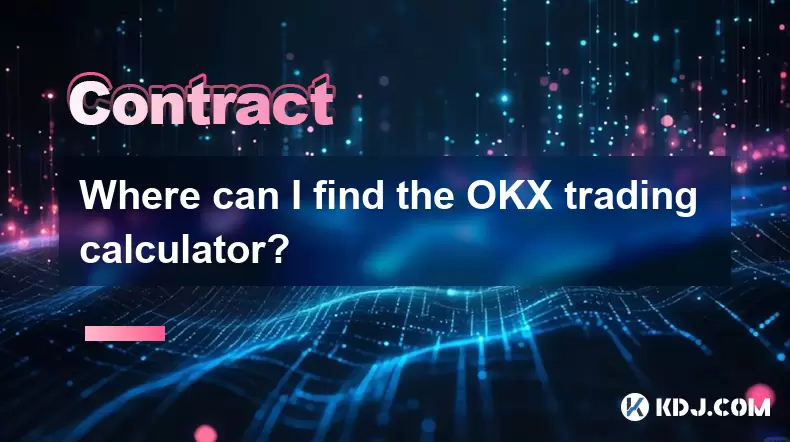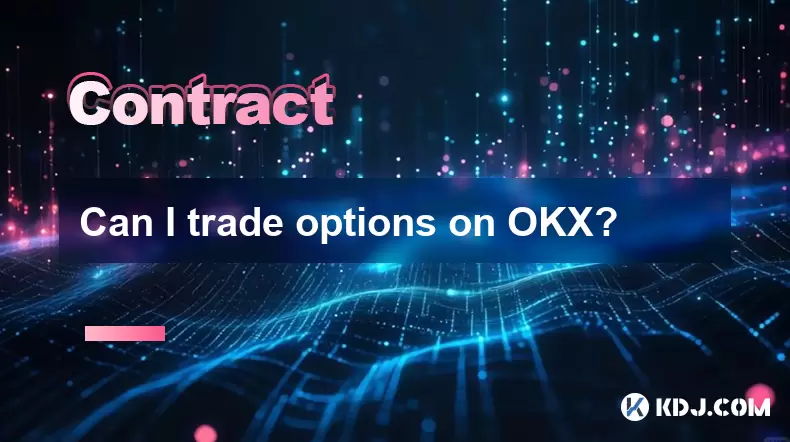-
 Bitcoin
Bitcoin $117500
2.15% -
 Ethereum
Ethereum $3911
6.19% -
 XRP
XRP $3.316
10.79% -
 Tether USDt
Tether USDt $1.000
0.01% -
 BNB
BNB $787.2
2.24% -
 Solana
Solana $175.2
4.15% -
 USDC
USDC $0.9999
0.00% -
 Dogecoin
Dogecoin $0.2225
8.40% -
 TRON
TRON $0.3383
0.28% -
 Cardano
Cardano $0.7868
6.02% -
 Stellar
Stellar $0.4382
9.34% -
 Hyperliquid
Hyperliquid $40.92
7.56% -
 Sui
Sui $3.764
7.63% -
 Chainlink
Chainlink $18.48
10.66% -
 Bitcoin Cash
Bitcoin Cash $582.1
1.88% -
 Hedera
Hedera $0.2601
6.30% -
 Avalanche
Avalanche $23.33
4.94% -
 Ethena USDe
Ethena USDe $1.001
0.02% -
 Litecoin
Litecoin $122.3
2.04% -
 UNUS SED LEO
UNUS SED LEO $8.969
-0.27% -
 Toncoin
Toncoin $3.339
0.86% -
 Shiba Inu
Shiba Inu $0.00001287
4.30% -
 Uniswap
Uniswap $10.43
7.38% -
 Polkadot
Polkadot $3.861
5.08% -
 Dai
Dai $1.000
0.02% -
 Bitget Token
Bitget Token $4.513
3.41% -
 Monero
Monero $267.7
-6.18% -
 Cronos
Cronos $0.1499
4.14% -
 Pepe
Pepe $0.00001110
5.15% -
 Aave
Aave $284.9
8.28%
What are the different order types for Bybit contracts?
Bybit offers various contract order types like Limit, Market, Stop-Loss, Take-Profit, Conditional, and Reduce-Only orders to help traders manage risk, automate strategies, and execute trades with precision.
Aug 08, 2025 at 03:36 pm

Understanding Bybit Contract Order Types
Bybit offers a range of order types designed to provide traders with flexibility and precision when entering or exiting positions in the perpetual and futures contract markets. Each order type serves a specific purpose, allowing users to manage risk, automate trades, and respond to market conditions efficiently. Knowing the differences between these order types is essential for executing strategies effectively. Bybit supports several primary order types, including Limit Orders, Market Orders, Stop-Loss Orders, Take-Profit Orders, Conditional Orders, and Reduce-Only Orders.
Limit Orders: Precision in Entry and Exit
A Limit Order allows traders to set a specific price at which they are willing to buy or sell a contract. This order will only execute when the market price reaches the predefined level. Limit Orders are ideal for traders who want to control the entry or exit price and avoid slippage.
- Buy Limit Order: Placed below the current market price, aiming to enter a long position at a lower cost.
- Sell Limit Order: Placed above the current market price, used to exit a long position or open a short at a higher price.
When placing a Limit Order on Bybit: - Navigate to the trade panel on the contract interface.
- Select Limit from the order type dropdown.
- Input the desired price and quantity.
- Choose Post-Only if you want to ensure the order doesn’t execute immediately (thus acting as a maker order).
- Click Buy/Long or Sell/Short to place the order.
Limit Orders remain active until filled, canceled, or expired (if a time-in-force condition is applied).
Market Orders: Immediate Execution
A Market Order executes instantly at the best available price in the market. This order type prioritizes speed over price, making it suitable for traders who need immediate entry or exit. However, due to potential slippage, especially in volatile or low-liquidity markets, the executed price may differ from the expected price.
To place a Market Order:
- Select Market in the order type section.
- Enter the contract quantity you wish to trade.
- Confirm whether you are opening or closing a position.
- Click Buy/Long or Sell/Short.
The order executes immediately, and the position is updated in your open positions tab. Market Orders are not recommended for large trades without checking the order book depth, as they may consume multiple price levels.
Stop-Loss and Take-Profit Orders: Risk and Profit Management
Stop-Loss Orders and Take-Profit Orders are critical tools for managing risk and locking in gains. These are usually attached to open positions or set as part of conditional entries.
- A Stop-Loss Order is triggered when the price reaches a specified level, helping limit losses if the market moves against the position.
- A Take-Profit Order closes the position when the price hits a favorable target, securing profits.
These orders can be set when opening a position or added later: - Open the position management panel.
- Click Edit next to the active position.
- Input the trigger price for Stop-Loss or Take-Profit.
- Choose between Last Price, Index Price, or Mark Price as the trigger source.
Using Mark Price is recommended to avoid liquidation due to temporary price spikes. These orders become active once the trigger price is reached and are executed as Market Orders unless specified otherwise.
Conditional Orders: Advanced Entry Strategies
Conditional Orders allow traders to place orders that activate only when certain price conditions are met. They are commonly used for entry orders in ranging or breakout markets. Unlike Stop-Loss or Take-Profit, Conditional Orders are not tied to an existing position.
To set a Conditional Order:
- Switch to Conditional Orders in the trade panel.
- Choose the order type (Limit or Market).
- Set the trigger price and execution price (for Limit).
- Define the quantity and trigger type (Last Price, Index Price, or Mark Price).
- Optionally enable Post-Only or Reduce-Only.
- Click Set to place the order.
For example, a trader expecting a breakout above $30,000 for BTCUSD might set a Buy Stop Order with a trigger at $30,050. Once the price hits that level, the order executes, initiating a long position.
Reduce-Only Orders: Preventing Unintended Position Increases
A Reduce-Only Order ensures that the order only reduces or closes an existing position and does not add to it. This is particularly useful when managing positions to avoid accidental position size increases during volatile exits.
To use Reduce-Only:
- When placing any order (Limit, Market, or Conditional), check the Reduce-Only box.
- The system will reject the order if it would increase the position size.
For instance, if you hold a 10,000-contract long and place a Reduce-Only Sell order for 12,000 contracts, only 10,000 will be executed, and the remaining 2,000 will be canceled. This feature is vital for risk control in automated or high-frequency trading scenarios.
Frequently Asked Questions
What is the difference between Last Price and Mark Price triggers on Bybit?
The Last Price is the most recent transaction price on the Bybit order book. The Mark Price is a fair price calculated using external index prices and funding rates, designed to prevent manipulation-based liquidations. Using Mark Price for Stop-Loss or Conditional Orders reduces the risk of being triggered by short-term price wicks.
Can I modify a Conditional Order after placing it?
Yes. Go to the Conditional Orders section in the trade panel. Find the active order and click Edit. You can adjust the trigger price, order price, quantity, or switch between Limit and Market execution. Changes take effect immediately upon confirmation.
Why did my Limit Order execute as a Market Order?
This typically happens when the Post-Only option is disabled and your Limit Order price matches or improves upon the current market price. Bybit treats such orders as takers and executes them immediately. To avoid this, enable Post-Only, which cancels the order if it would execute instantly.
How do I set a Stop-Loss based on Index Price?
In the Edit Position window, select Index Price from the trigger dropdown when setting your Stop-Loss. This bases the trigger on the average price across major exchanges rather than Bybit’s Last Price, offering more stability during volatility.
Disclaimer:info@kdj.com
The information provided is not trading advice. kdj.com does not assume any responsibility for any investments made based on the information provided in this article. Cryptocurrencies are highly volatile and it is highly recommended that you invest with caution after thorough research!
If you believe that the content used on this website infringes your copyright, please contact us immediately (info@kdj.com) and we will delete it promptly.
- Bitcoin, Meme ICOs, and FOMO: Catching the Next Crypto Wave
- 2025-08-08 18:30:34
- OM, Investment, and Growth: Decoding the Latest Trends in Digital Assets
- 2025-08-08 18:30:34
- SNEK, Cardano, and the Contributor's Conundrum: A Meme Coin's Fight for Recognition
- 2025-08-08 16:30:12
- Toshi Crypto's Wild Ride: Rally, Demand Slump, and What's Next
- 2025-08-08 16:30:12
- Ethereum, Staking Yields, and DeFi Exposure: A New Era for Investors?
- 2025-08-08 15:10:12
- Unilabs Pumps MIA, Binance Coin Bouncing Back, and Ethereum's Bearish Blues
- 2025-08-08 15:10:12
Related knowledge

What is the distinction between mark price and last price on KuCoin?
Aug 08,2025 at 01:58pm
Understanding the Basics of Price in Cryptocurrency TradingIn cryptocurrency exchanges like KuCoin, two key price indicators frequently appear on trad...

What are the specific maker and taker fees on KuCoin Futures?
Aug 08,2025 at 08:28am
Understanding Maker and Taker Fees on KuCoin FuturesWhen trading on KuCoin Futures, users encounter two primary types of fees: maker fees and taker fe...

What is the maximum leverage available on KuCoin Futures?
Aug 08,2025 at 10:21am
Understanding Leverage in KuCoin Futures TradingLeverage in KuCoin Futures allows traders to control a larger position size using a smaller amount of ...

What is the minimum deposit for OKX contracts?
Aug 08,2025 at 07:00am
Understanding OKX Contract Trading BasicsOKX is one of the leading cryptocurrency derivatives exchanges, offering a wide range of perpetual and future...

Where can I find the OKX trading calculator?
Aug 08,2025 at 07:49am
Understanding the OKX Trading Calculator FunctionalityThe OKX trading calculator is a powerful analytical tool designed to assist traders in estimatin...

Can I trade options on OKX?
Aug 08,2025 at 11:01am
Understanding Options Trading on OKXYes, you can trade options on OKX. OKX is one of the leading cryptocurrency derivatives exchanges that offers a de...

What is the distinction between mark price and last price on KuCoin?
Aug 08,2025 at 01:58pm
Understanding the Basics of Price in Cryptocurrency TradingIn cryptocurrency exchanges like KuCoin, two key price indicators frequently appear on trad...

What are the specific maker and taker fees on KuCoin Futures?
Aug 08,2025 at 08:28am
Understanding Maker and Taker Fees on KuCoin FuturesWhen trading on KuCoin Futures, users encounter two primary types of fees: maker fees and taker fe...

What is the maximum leverage available on KuCoin Futures?
Aug 08,2025 at 10:21am
Understanding Leverage in KuCoin Futures TradingLeverage in KuCoin Futures allows traders to control a larger position size using a smaller amount of ...

What is the minimum deposit for OKX contracts?
Aug 08,2025 at 07:00am
Understanding OKX Contract Trading BasicsOKX is one of the leading cryptocurrency derivatives exchanges, offering a wide range of perpetual and future...

Where can I find the OKX trading calculator?
Aug 08,2025 at 07:49am
Understanding the OKX Trading Calculator FunctionalityThe OKX trading calculator is a powerful analytical tool designed to assist traders in estimatin...

Can I trade options on OKX?
Aug 08,2025 at 11:01am
Understanding Options Trading on OKXYes, you can trade options on OKX. OKX is one of the leading cryptocurrency derivatives exchanges that offers a de...
See all articles

























































































